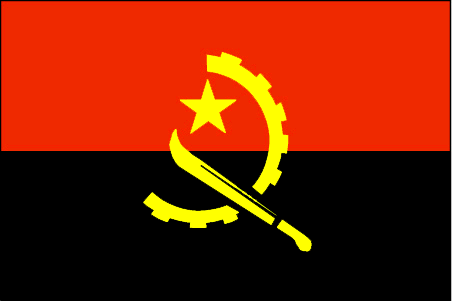This Day in History: March 13, 2002
Additional Date: March 13, 2002
After the death of Jonas Savimbi, leader of the National Union for the Total Independence of Angola (UNITA), the Angolan government announced a ceasefire with Unita on 13 March 2002, to take effect on 14 March. Official talks between senior staff of both groups preceding the signing of the memorandum started on 15 March. One of the most prominent issues discussed at the talks was the disarmament of UNITA and its integration into the Angolan Armed Forces (FAA) and Angolan police, a pending resolution of the Lusaka Protocol, which had disintegrated in 1998.
The signing of the memorandum of understanding regarding the Angolan ceasefire between the FAA and UNITA took place in the city of Luena in the east of the Moxico province at 15:00 on 30 March 2002. The official Ceasefire Protocol was signed in April 2002, initiating the implementation of the Lusaka Peace Protocol.
General Armando Da Cruz Neto, Deputy Head of FAA General Staff, and General Geraldo Abreu Kamorteiro, Chief of Staff of the Unita Military Forces, signed the memorandum in the presence of President Jose Eduardo dos Santos, United Nations representative Ibrahim Gambari and observers from the United States of America, Portugal, Russia and neighbouring African countries. Thousands of people had to be resettled and Angola had to be rebuilt with the aim to hold democratic elections. Many Angolans felt that Savimbi had been the main protagonist of the war and that his death meant a greater chance for lasting peace. The entire process had been conducted by Angolans rather than foreign mediators, which was another hopeful sign.
